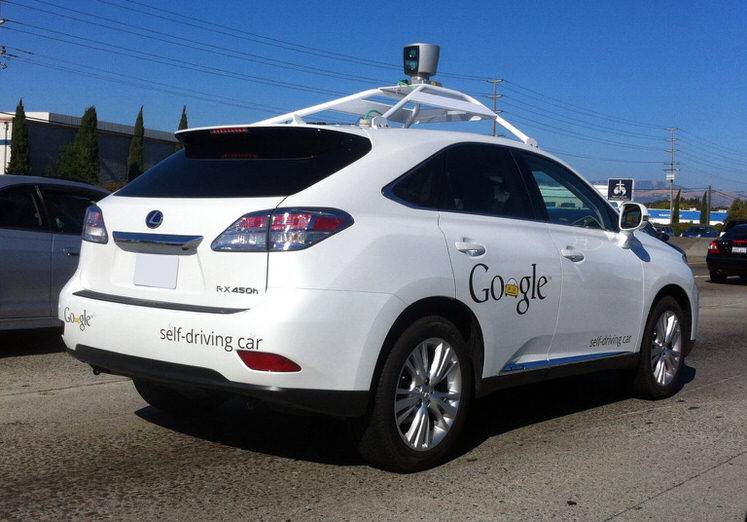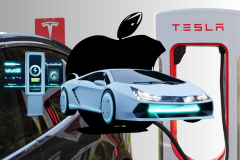We are seeing a steady growth in innovation across the autonomous car sector, but public perception towards self-driving is still very hesitant, according to a new study.
The drivers that answered the survey, conducted by the University of Michigan, still prefer a car with no self-driving capabilities to a partial self-driving car or a fully driverless vehicle.
See Also: Will self-driving lead to more congestion?
Drivers prefer a partial self-driving car — like Ford’s self-parking or Tesla’s automatic lane switching features — to a fully driverless car. The study also revealed that almost all people surveyed want full control over the car, even if it has self-driving elements, which lines up with a similar study conducted in the U.K. earlier this month.
Drivers still need to get comfortable with technology
If the car were in a self-driving mode, most drivers would want the vehicle to notify them through a combination of sound, vibration, and visual warnings. We recently looked at how vibration could be the best way for cars to alert drivers about incoming traffic or issues with the car, but Google is looking at other ways to protect pedestrians from autonomous car accidents.
It is interesting that public perception around autonomous cars has not changed much, despite extensive coverage on the cars in the past year. This may force companies like Google and Uber to produce even more evidence that shows autonomous cars are safer and better. Automakers joining the autonomous revolution might also help older folks that don’t trust technology companies, for whatever reason.
Autonomous cars could be purchased in the next two to three years, though we suspect a fully driverless car will not be available this decade. It might take even longer before everyone accepts that human drivers are terrible, and for some people, their opinion may never change.










